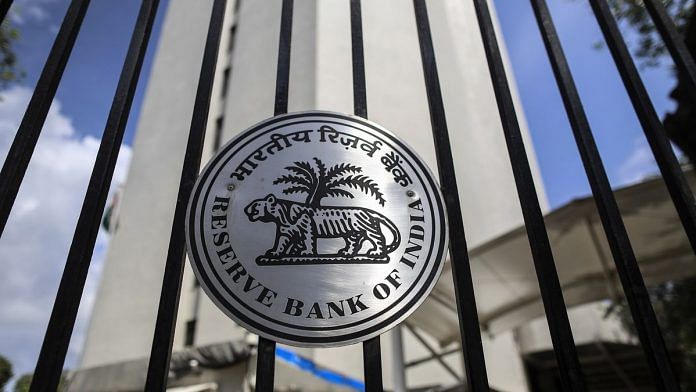Mumbai: First it was the Federal Reserve. Then the European Central Bank. Now, India’s monetary authority may look to the Bank of England for ideas to revive growth, economists say.
The Reserve Bank of India could possibly draw inspiration from BOE’s Funding for Lending Scheme to jump start loan growth in the economy that’s set for its weakest expansion in 11 years, said A Prasanna, chief economist at ICICI Securities Primary Dealership Ltd. in Mumbai.
The central bank has so far taken a leaf each from the Fed and the ECB’s books to manage bond yields using unconventional tools, as galloping inflation keeps it from cutting interest rates. In December, the RBI announced a Fed-style ‘Operation Twist’ — buying long-dated bonds and selling the shorter tenor ones. This week, it will start long-term repo operations to inject $14 billion into the financial system, inspired by the ECB’s use of long-term loans to banks.
Both measures are aimed at pulling down corporate borrowing costs that are benchmarked to the sovereign bond curve, analysts say.
“It makes sense that the RBI is looking at tools that have been tested by other central banks,” said Rishi Mishra, an analyst at trading firm Futures First in Gurugram, near New Delhi. “As long as they apply it correctly in the Indian context, it should yield results.”
Under the FLS, Prasanna said, the BOE accepted eligible collateral from banks and building societies at a haircut and swapped it for nine-month Treasury bills that could be rolled over for up to four years. The operation lowered funding costs for banks and increased net lending to the non-financial sector, he said.
Breaking the Logjam
The RBI’s five rate cuts last year failed to spur credit demand, mainly because banks grappling with bad loans failed to fully pass on the reductions. The weighted average lending rate on new rupee loans sanctioned by banks declined by 69 basis points while those on outstanding rupee loans fell by 13 basis points during February-December — less than the 135 basis points of cuts by the RBI during that period.
“It is because the banking and financial system plumbing is blocked in India, conventional interest rate signals are not gaining any traction,” said ICICI’s Prasanna. “RBI’s actions like Operation Twist and LTROs are intended to break this logjam.”
Despite the glut, loan growth is languishing near two-year lows, forcing the central bank to experiment with more uncommon methods to boost credit while keeping borrowing costs low. That is not an easy task because India’s huge public debt overhang crowds out private investment.
Governor Shaktikanta Das told reporters earlier this month that the central bank has more tools than the regular repurchase rate at its disposal. That meant he would take more steps to ensure that policy transmission is effective.
That makes lessons from the developed nations’ central banks all the more valuable for the RBI.
“Some 15 years ago, one couldn’t think of this,” said Taimur Baig, chief economist at DBS Bank in Singapore. “But as India is part of the G-20, we are seeing it increasingly adopt lessons from other central banks.” – Bloomberg
Also read: How a reform on Modi govt agenda can protect your deposits & keep banks from failing







What happened to RBI governor who is an Indian that thinks like an Indian, chaiwala???
Any new idea like funding for lending for interest rate re-engineering is welcome so long as RBI does not finally end up holding the bucket of all bad loans! In the Indian context of largely public sector banks, crony capitalism, fixing the deals culture, weak legal machinery, ineffective bankruptcy code etc., any such new idea should be taken up carefully. Otherwise it could be return of UPA II saga of phone banking by other means.
We need more focus on structural reforms for ease and lowering cost of doing business and making economy competitive internationally. The government is shying away from such approach and instead doing things in bits and pieces. It should ideally decide the taxation rate, both direct and indirect, at globally competitive levels and then look to manage the resultant fiscal deficit by other means, like sale of assets or reduction of costs etc. Unless this common sense approach is followed, we end up in making a mess around us. Maximizing tax revenue from all possible sources cannot be the objective by itself. Government should not overreach itself to invent new ways of spending money in the hope of raising more taxes. It should rather focus on efficiency of doing governance and that should good results.
Hence, RBI should not cross its boundaries without due diligence and wait for the government do its job properly.